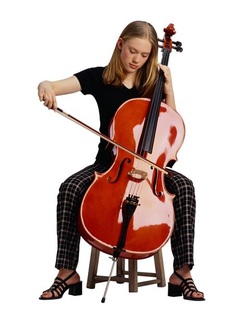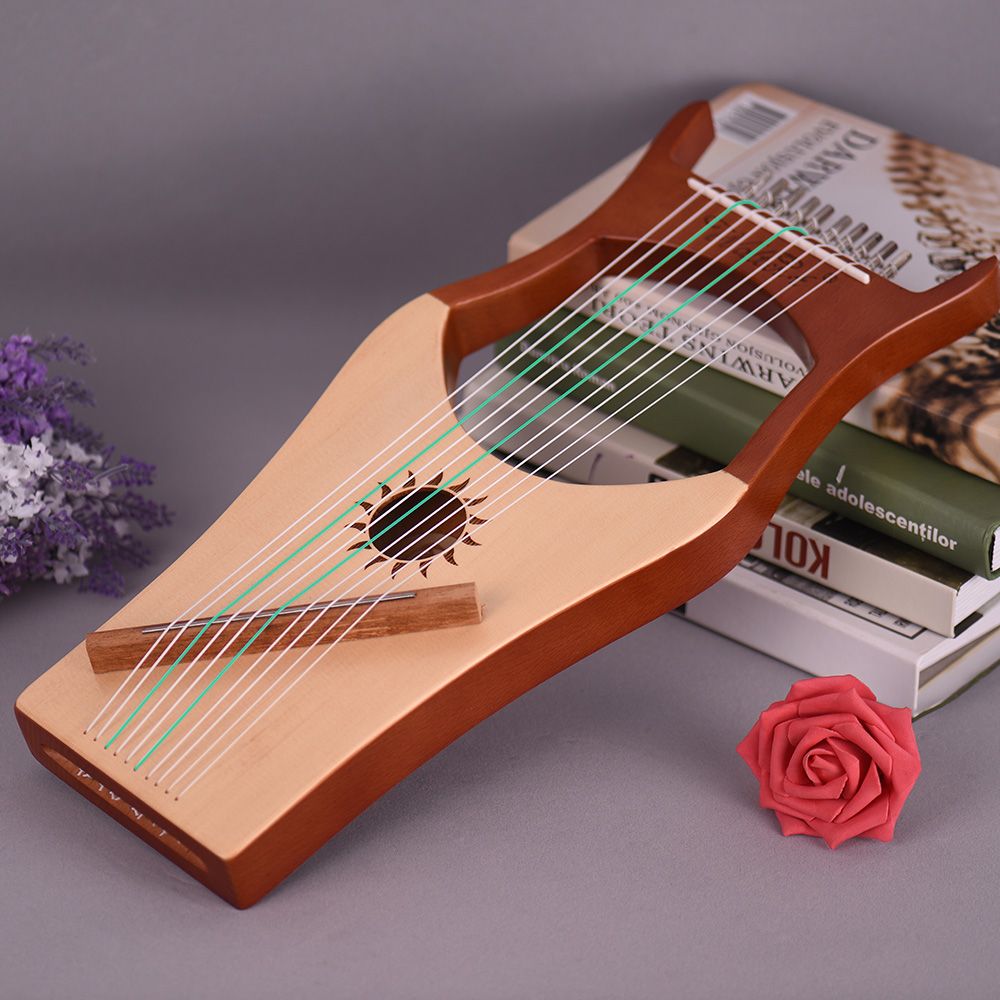

The term “folk harp” usually refers to harps that have no pedals and can include harps from areas such as Asia and South America. Gothic harps can also have very pointy designs and high heads, as opposed to the rounder, lower-headed shapes that the Celtic harps usually offer. Typically, a neo-Celtic harp has strings made of nylon instead of gut or wire, and harps made in the Gothic style are both more narrow and have a thinner soundboard than harps considered the Celtic types of harps. The reason for this is that many harp experts call harps made in Welsh and Gaelic times true “Celtic” harps. Lever harps like the ones used today are often called neo-Celtic harps.
LARGE VIOLIN LIKE STRINGED INSTRUMENT FULL
In addition, the latter row overlapped the middle row and continued into the higher notes, meaning that you could reach the full range of musical notes with this type of harp. The sharped row continued into the range of treble notes, while the third row, found on the far right, began on the note where the row on the far left ended. If you wanted to play these sharps, you had to either reach between the left row’s strings or play those strings with your right hand. The parallel row in the middle was tuned to sharps and started with upper bass notes. The bass end had a row on the left that was tuned in notes going upward think do, re, mi, and so on. These harps were used mostly in Italy and Spain, and they differ from the harps found today because they consisted of strings that came in three partial rows. One is a basic rectangle shape with strings in the middle, while the other one has a curvy shape that is very similar to the shape of a violin.

The word “crwth” comes from the Welsh language, and this particular type of harp comes in two versions. The back is usually flat and consists of an open upper side and a lower half that looks like a sound box. Most crwth harps have a rectangular shape and two distinct sections. There are actually two versions of the crwth, and this type of harp is considered to be related to both the violin and the modern-day harp. Many of the ancient harps found in Egypt were both exceptionally large and lacked a pillar, which means it didn’t have the support that today’s instruments do. In fact, it can be said that Egypt has always had a “harp culture” because of its interest in and development of various types of harps. Many of these types of harps look similar to today’s modern harps, in part because Egypt has always enjoyed harps throughout its history. Ancestors of the Modern Harp Ancient Egyptian Harps However, pedal harps seem to be preferred by most people who play this instrument. This is not to say that the harp is an easy instrument to master in fact, it takes a lot of time and practice to become good at it.
LARGE VIOLIN LIKE STRINGED INSTRUMENT FREE
There is also another advantage to using a harp with pedals, and that is the ability to have your hands free without altering levers at some point during the song. With pedal harps, the harpist is able to play whatever he or she wishes to play because they allow you to play any piece of music put in front of you. These include high, middle or low/flat, and natural or sharp notes. With each separate pedal, there are three different positions. These harps, naturally, have pedals instead of levers, and there are a total of seven of them, which are located at the base of the instrument and link to disks located on the neck.


 0 kommentar(er)
0 kommentar(er)
